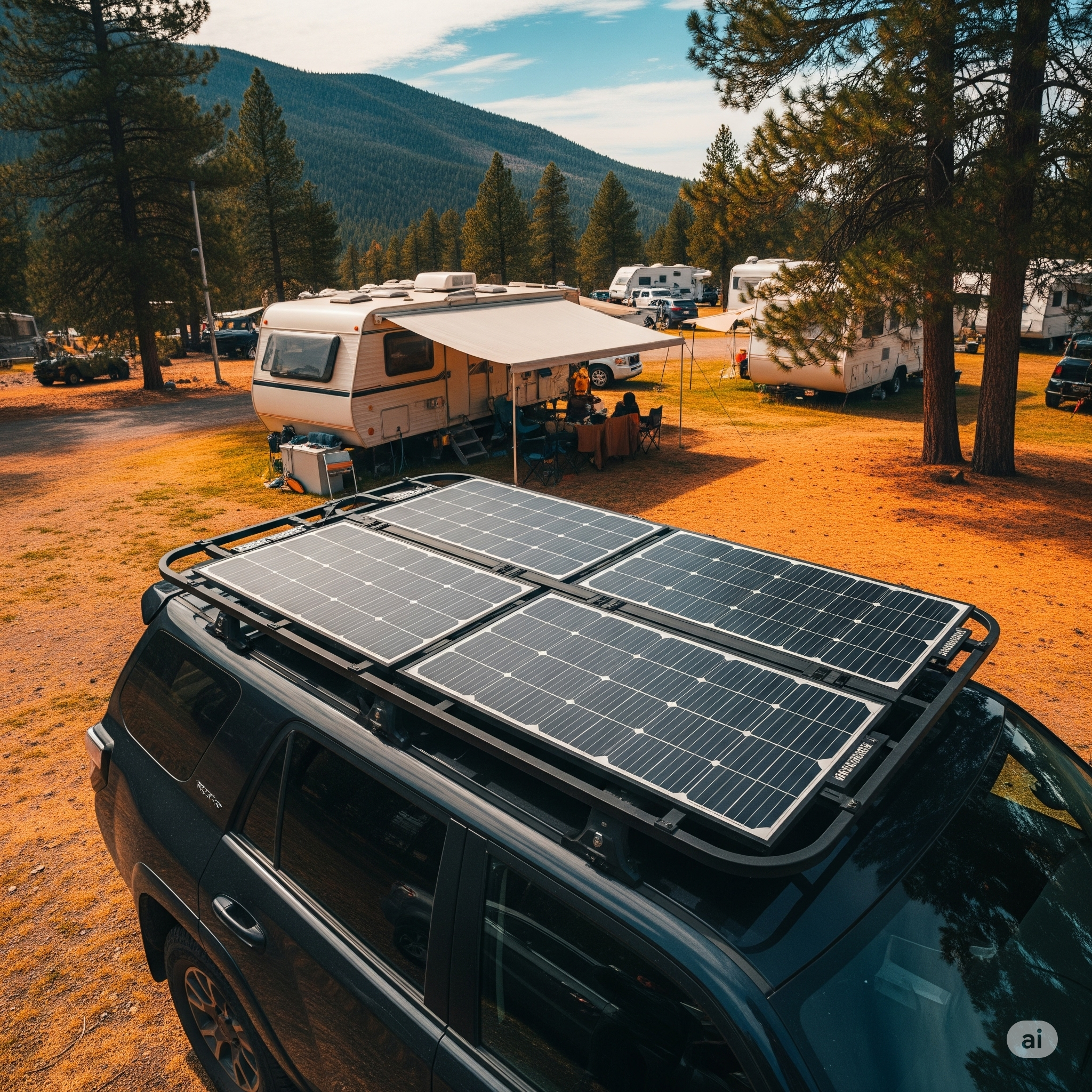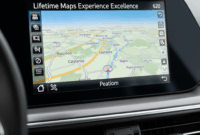As outdoor enthusiasts embark on road trips and camping adventures, staying powered up becomes essential. A vehicle solar charger harnesses the sun’s energy to charge batteries and power devices, making it a valuable companion for those who enjoy the great outdoors. These chargers work by converting sunlight into electricity, which is then stored in batteries or used to power gadgets directly. The benefits of using solar chargers during road trips and camping include the ability to charge devices without relying on traditional power sources, reducing the carbon footprint, and ensuring access to electricity even in remote locations.
When selecting a vehicle solar charger, it’s essential to consider key features to maximize your experience. Look for chargers with high wattage for faster charging, durable construction for outdoor use, and compatibility with various devices. Additional features such as portability, built-in batteries, and ease of installation can enhance your overall experience, making it easier to stay connected while enjoying nature.
Types of Vehicle Solar Chargers
Vehicle solar chargers come in various types, each designed to suit different needs and applications. Understanding the differences can help you choose the right one for your adventures.
- Portable Solar Chargers: Lightweight and easy to transport, these chargers are perfect for day trips or short camping excursions. They often come with USB ports for direct device charging.
- Fixed Solar Panels: These installations are permanently mounted on your vehicle, providing continuous charging while you drive or park. Ideal for RVs, they can keep larger batteries topped up.
- Car-Specific Solar Chargers: Designed for regular vehicles, these chargers fit seamlessly into car systems, ensuring that your battery is charged while you travel.
- RVs and Camper Solar Chargers: Larger systems designed to power multiple devices for longer trips, these chargers often include battery banks for storing excess energy.
Installation and Setup, Vehicle Solar Charger for Road Trips and Camping
Installing a vehicle solar charger varies based on the type you choose. Here’s a step-by-step guide to help you set up a solar charger efficiently.
- Choose the Location: Select a spot on your vehicle’s roof or dashboard that receives ample sunlight.
- Mount the Charger: For fixed systems, use brackets to securely attach the solar panel, ensuring it’s angled for optimal sunlight exposure.
- Connect the Wiring: Follow the manufacturer’s instructions to connect the wiring to your vehicle’s battery or solar charge controller.
- Test the System: After installation, check the connections and ensure that the system is working correctly by observing the charging indicator.
Common challenges during installation might include securing the charger to uneven surfaces or dealing with complex wiring. Overcoming these challenges involves using appropriate tools and following detailed installation guides provided by the manufacturer.
Performance and Efficiency
The efficiency of solar chargers is measured by their power output and the conversion rate of sunlight to electricity. Factors affecting efficiency include the angle of sunlight, the presence of shading, and the temperature. Solar chargers typically have an average charging time of 4-8 hours for devices like smartphones and tablets, depending on the panel’s wattage.
Performance can vary significantly with weather conditions. For instance, solar chargers may produce 80% of their rated output on cloudy days, allowing for some utility even when the sun isn’t shining bright. In contrast, efficiency drops significantly during heavy rainfall or snow.
Maintenance and Care
Routine maintenance is crucial for prolonging the lifespan of solar chargers. Regularly clean the solar panels with a soft cloth and mild soap to ensure maximum sunlight absorption.
Common issues that may arise include buildup of dirt, which can reduce efficiency, or loose connections resulting in inconsistent charging. To fix these, ensure connections are secure and clear any debris from the panels.
A simple maintenance checklist includes:
- Inspect solar panels for dirt or damage.
- Ensure all connections are tight and secure.
- Monitor battery levels and performance.
Cost and Budgeting
The price range of vehicle solar chargers varies widely, from around $50 for basic portable chargers to over $1,000 for high-capacity fixed panels and installation kits. Budgeting for a solar charger involves considering both the initial purchase and potential installation costs.
Investing in solar technology can offer significant long-term savings. By reducing reliance on traditional power sources, users can cut down on fuel costs and extend the lifespan of vehicle batteries. Many users find that the initial investment pays off within a few years through savings on fuel and battery maintenance.
User Experiences and Reviews
Many users report positive experiences with vehicle solar chargers, especially during extended road trips and camping outings. Testimonials highlight how they provide peace of mind, knowing they can charge devices without running down the vehicle battery.
Case studies from campers indicate that solar chargers are particularly beneficial for powering essential devices such as GPS units and portable refrigerators. However, some reviews caution about the limitations in low-light conditions, which can affect charging times.
A summary of reviews for specific models reveals:
- Positive: Efficient charging speed, ease of installation, and portability.
- Negative: Performance can be hindered by weather conditions and initial costs.
Future of Vehicle Solar Charging Technology
The future of vehicle solar charging technology is bright, with innovations on the horizon. Upcoming advancements may include more efficient solar cells, integration with vehicle systems, and improved battery technologies.
Trends in renewable energy, such as increased investment in solar technology and government incentives, will likely accelerate the development of more advanced solar chargers. The potential impact on the camping and travel industry is significant, as travelers increasingly seek sustainable options for powering their adventures, reducing their ecological footprint while enjoying the great outdoors.



